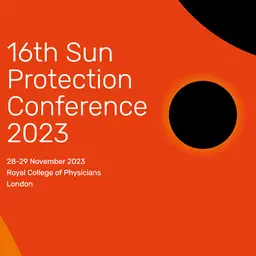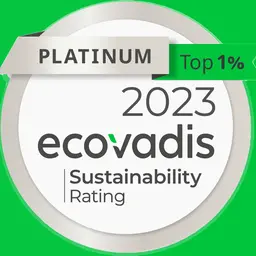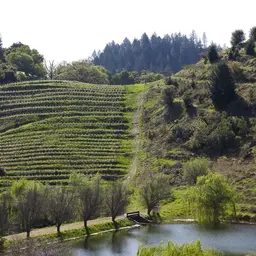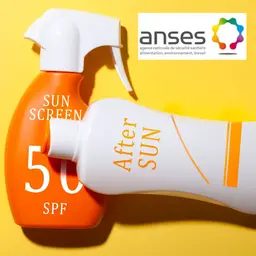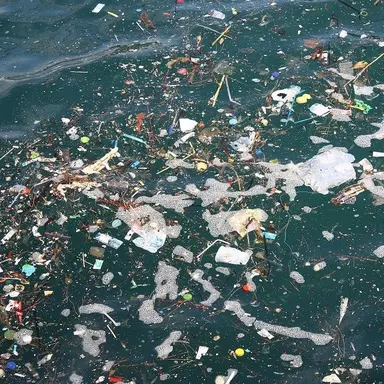
Pollution of the marine ecosystem is one of the major environmental concerns of this century. Every year, millions of tonnes of plastic end up in the seas and destroy their fauna and flora. On the occasion of the ADF PCD exhibition held in Paris on 29 and 30 January, Gérald Martines, founder of the company In Signes, explained how brands and packaging manufacturers can improve the profile of their plastic packaging… and thereby be less harmful.
The plastic continent in the northeast Pacific Ocean was discovered in 1997.
It covers an area of about 3.4 million square kilometres, almost six times the size of France.
It is inhabited by all types of waste produced by human activity.
These patches of terrestrial debris have unsuspected ecological consequences.
Confused with plankton, this decomposing rubbish is ingested by mammals, turtles and birds and obstructs their digestive system.
Moreover, in the North Pacific, this mass of garbage provides a breeding ground for a species of water spider, Halobate sericeus. It now threatens to unbalance the entire ecosystem.
The Mediterranean, for its part, has on average the highest densities of plastics in the world, with 250 billion microplastics.
In this semi-enclosed sea, the water renewal rate is 90 years, while the persistence of plastics is much higher.
“How can we prevent packaging from washing up in the oceans as well?” asks Gérald Martines. “This material is neither bad nor good. It’s only a problem when it becomes waste, and that’s what the industry has to respond to.”
The rule of the three R’s
Reduce
In terms of prevention, the first thing to do is to reduce as much as possible,“ he …

